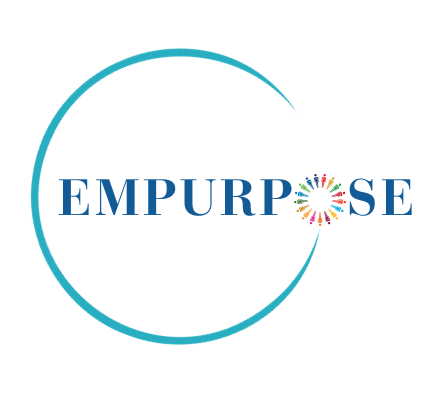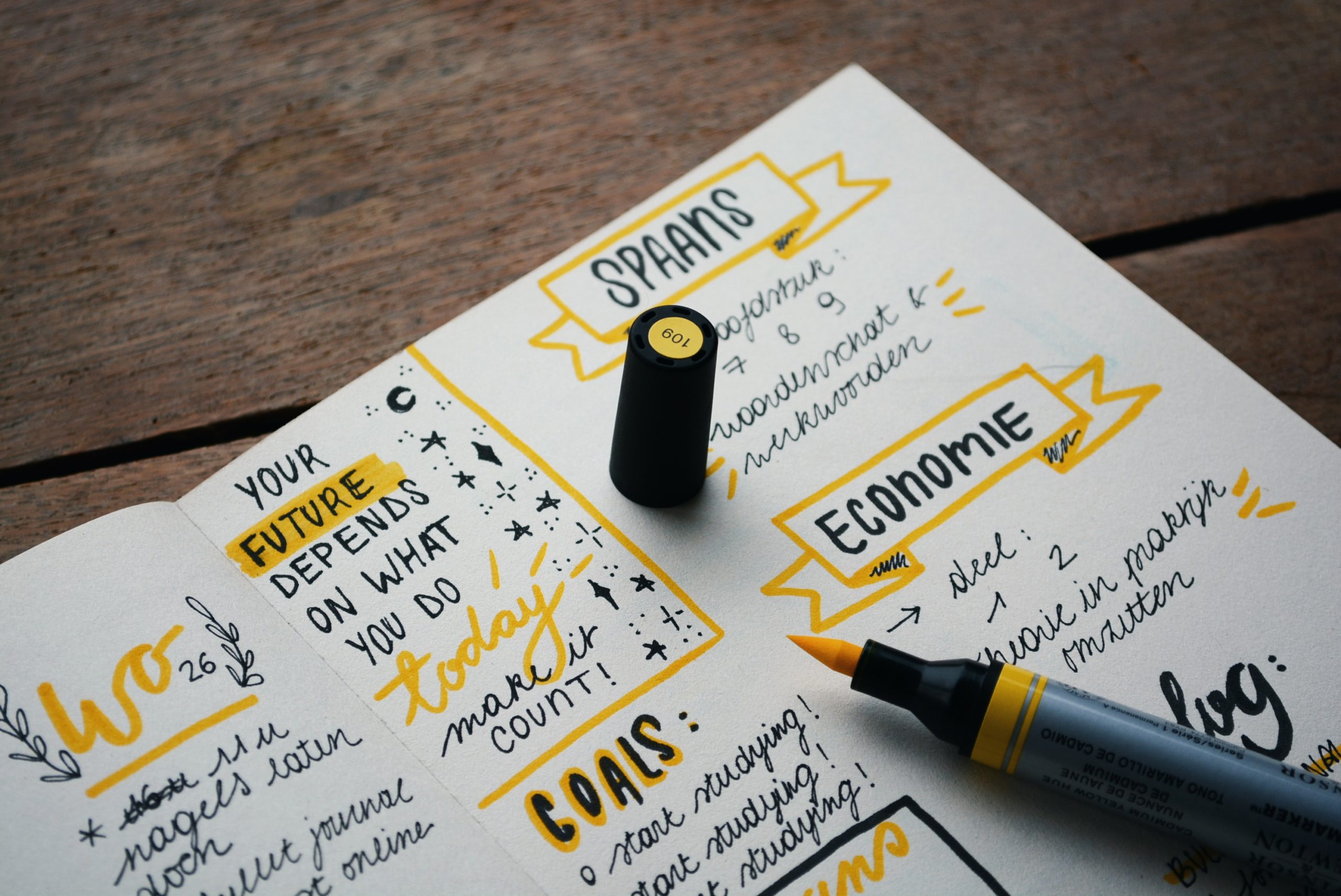MIND newsletter: Single stories, labeling and social injustice
Happy Saturday everyone! 😉
1. M (Challenge your mindset)
A single story is to show a people as one thing, as only one thing, over and over again until that is what they become
Chimamanda Adichie - "The danger of a single story" TEDTalk Tweet
In 2017, Peter McIndoe set out to play a perfect character in a satirical conspiracy theory called “Birds aren’t real”. It took him 4 years to break the character and reveal the purpose behind creating that fake movement. I watched his TEDtalk 2023 where he shared encounters with strangers that actually thought he was a conspiracy theorist, the emotions he has for his character when being insulted and condemned without anyone taking the time to know him. Such acts, by threatening the person’s sense of identity and feeling of belonging might just “push those people farther away from the truth that we want them to see.”
The talk ended with a powerful mindset shift: is our society dealing with a crisis of belonging or crisis of belief?
What happened when we put labels on others? A wall just got built. A single story just got told. And the damage haunted generation to generation.
How colonial racism fuels Saskatchewan’s criminalization of Indigenous men (theconversation.com)
2. I (I’m my own coach)
Each of us plays a role in all 3 levels of oppression in our society: structural, cultural, and personal. Take some time to reflect on the 4 questions below:
- In all interactions/situations, have I thought about power, privilege, and social location and how it impacts my actions?
- Have I questioned/challenged dominant ways of thinking to transform power towards equity?
- Have I ensured the actions I have taken are equitable, collaborative and power sharing?
- How can I promote anti-oppressive actions at an institutional or systemic level?
Type of Oppression | What it Includes | Examples |
Structural | The entities and organizations that are responsible for distributing resources and delegating power in society | Legislative bodies, government policy, cultural institutions (education systems, health care systems, justice systems, houses of worship, libraries) |
Cultural | How language and categorization can contribute to oppression by influencing cultural values and creating structures that label groups of people as either dominant or other | White vs. Racial minority Heteronormative vs. Neurotypical vs. Neurodivergent |
Personal | Individual interactions, everyday work practices and the values we hold and may share with others | Discrimination against a person based on prejudicial thoughts A microaggression enacted against a Black person |
Is there a single story that may be part of your own
worldview?
4. D (Do)
What can you do to give people whose single stories were held by you, a chance to tell their own stories?



